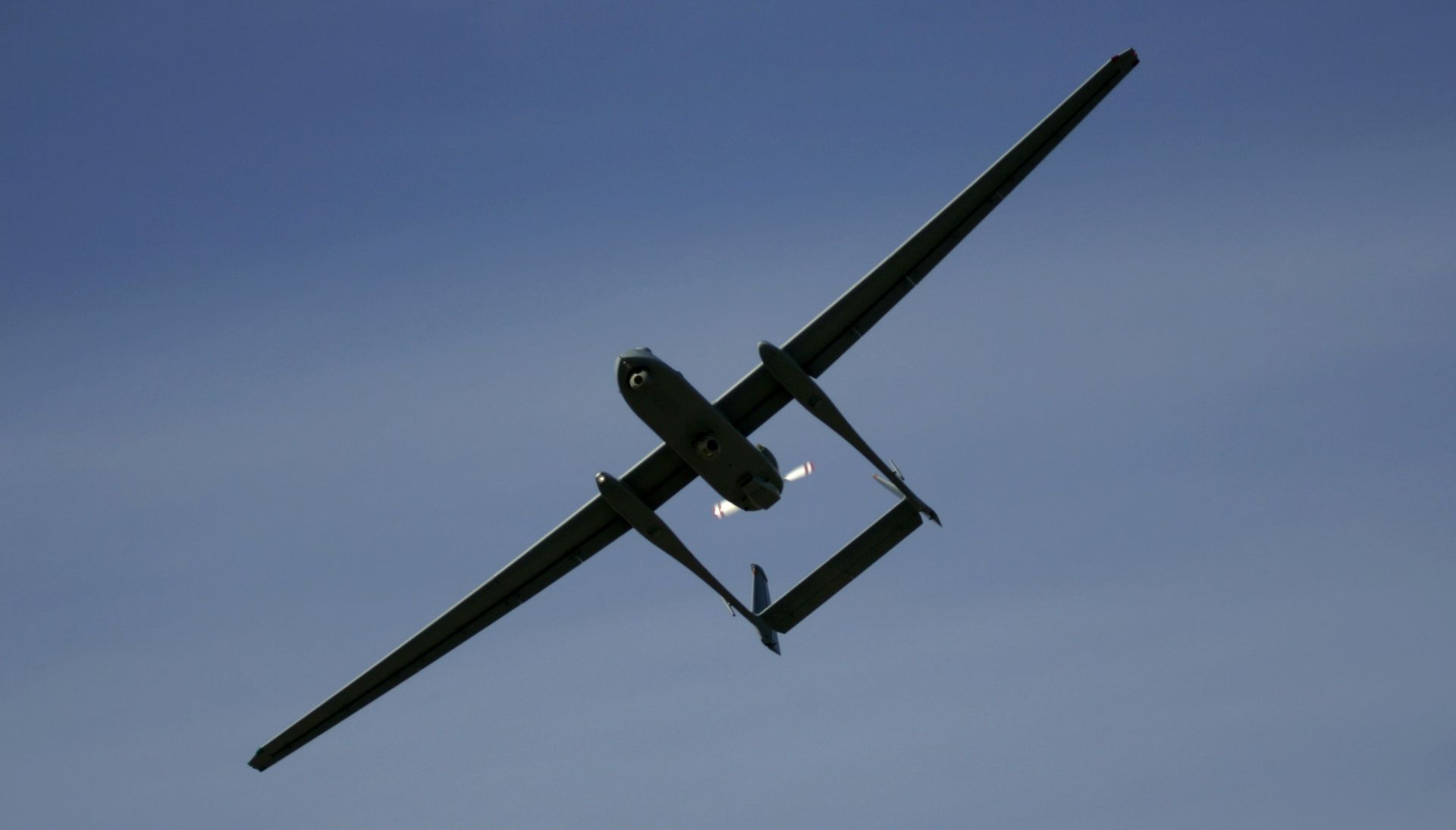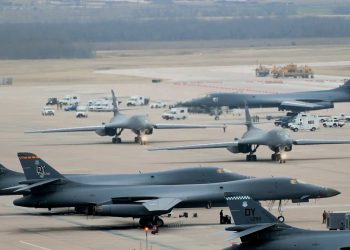, German Tornado jets and their crews deploy to Afghanistan Monday. Despite their well-publicized surveillance role, the new troops may soon find the Taliban does not see a difference between combat and support.
Germany’s deployment of eight Tornado jets, their crew and support personnel to Afghanistan avoided a final spanner in the works on Friday when the Federal Constitutional Court refused to grant a request from the opposition Left Party for an injunction stopping the deployment.
With the removal of this last hurdle, 200 troops from the Bundeswehr’s Jagel base begin their deployment to Masir-i-Sharif via Sardinia and the United Arab Emirates on Monday.
From their new base in the relatively peaceful north of Afghanistan, the Tornados — which are requested by NATO — will fly surveillance missions at an altitude of 3,000 meters (9842 feet) over the Hindu Kush, charged with photographing Taliban positions in support of NATO forces on the ground.
At a sending-off ceremony on Monday, German defense minister Franz Josef Jung said the aim of the mission was to bring assistance not fear to the Afghan people.
“The reconnaissance gathered by our Tornadoes will bring more stability and security to Afghanistan,” Jung said. “Their mission is to protect ISAF troops, as well as civilian aid workers and the Afghan population.”
Worries mount in Germany about planes' role
But despite the German German government's assurances that the mission is purely a support role and not a combat deployment, there are still concerns within the government and the military that the Tornado mission, just as the Bundeswehr’s reconstruction efforts on the ground, will become embroiled in the growing conflict as a resurgent Taliban readies to launch a widely expected spring offensive.
Public opinion back home in Germany is also showing signs of concern and deployment fatigue. A recent poll by the TNS institute commissioned by Der Spiegel news magazine found that 57 per cent of those surveyed wanted a complete withdrawal of German troops from Afghanistan, while 36 per cent were in favor of continued engagement. A meager four per cent backed increasing the German military presence.
Regardless of mission, Germany still an enemy
After five years of conflict, Afghanistan is now more dangerous for the NATO contingent, not less so and Germany’s troops — despite their reconstruction mandate — are increasingly in the firing line. And with the deployment of the Tornado jets and support personnel, Germany is moving up the Taliban’s list of targets.
The Bundeswehr’s approach to the general population and their mission has provided a relatively stable environment in the north. However, several recent incidents have unsettled German officials. In March, a German aid worker was ambushed and killed in northern Afghanistan, and in late February a German woman and her son were kidnapped in Iraq by a group who threatened to execute the pair if Berlin did not withdraw its troops from Afghanistan.
Quoted in an interview published by German magazine Cicero last month, Mullah Obaidullah, a senior Taliban official and deputy to the elusive Taliban leader Mullah Omar, said that Germany’s 3,000 troops stationed in Kabul and the northern provinces will be attacked by a wave of Taliban fighters, and that no one would be spared.
“Not the Germans, not the British, not the Canadians and certainly not the Americans. We kill them all,” Obaidullah was quoted as saying. “Some 6,000 young warriors will sacrifice themselves for Allah in the struggle,” he added.
Surveillance planes a target like any other
The German Tornados — six fully operational jets backed up by two reserve planes — could face attack from the Taliban’s Man-Portable Air Defense Systems, or MANPADS. A ground-to-air Stinger rocket, which can hit aircraft at a range of up to 4785 meters and at altitudes between 182 and 3810 meters, can be fired from the shoulder of a single Taliban fighter, making surveillance runs over the Hindi Kush mountain range very hazardous.
The situation on the ground for Bundeswehr troops in Afghanistan is also a cause for concern with soldiers complaining of a lack of support, inadequate equipment and diminishing supplies.
The Tornado crews may also be shocked to discover on their arrival in Afghanistan that if any of them are shot down, the Bundeswehr do not have the capacity to rescue their own pilots because they lack the necessary helicopters. In an emergency, US, British or Canadian troops would have to embark on a rescue mission.
Soldiers air grievances to SPD's Beck
Such conditions were made aware to Social Democrat chairperson Kurt Beck at the weekend when he visited troops in the north of the country. Soldiers openly complained about the cramped conditions, rationing problems and the fact that a camp of 1600 troops had only four telephones between them. One told Beck that, “If our motivation goes down the drain, then we have a real problem.”
Beck points out that the mission is bringing German military capabilities to their limits.
“I’m sure we can do more as far as reconstruction in Afghanistan is concerned but I’m as much convinced that this mission is driving our military capacities to the brink of exhaustion,” Beck said. The SPD leader has promised that he would pass on the grievances of the troops to the German government on his return.
But with the Tornado deployment likely to begin active service by the middle of April, an extra 200 troops to cater for and an expected increase in Taliban attacks, Germany’s troops in Afghanistan do not have the luxury of waiting for the outcome of another extended debate in the Bundestag about their mandate.
Despite governmental assurances of their role in the peace, Germany’s troops know that they are in a war, regardless if they are firing bullets or not.
Beijing slams US over potential Chinese drone ban
China said on Friday it would take "all necessary measures" in response to the United States announcing it was considering...








